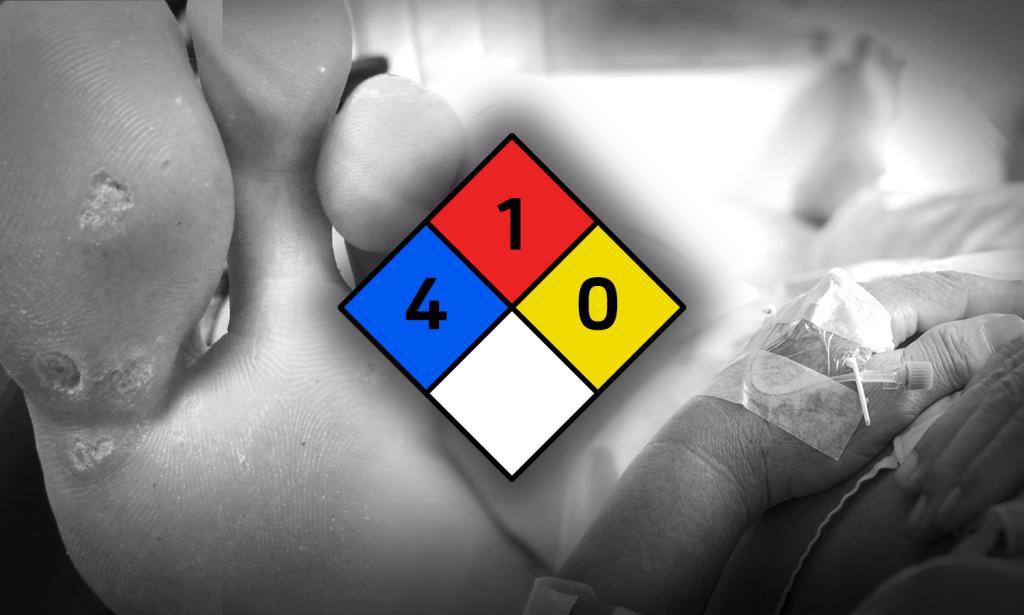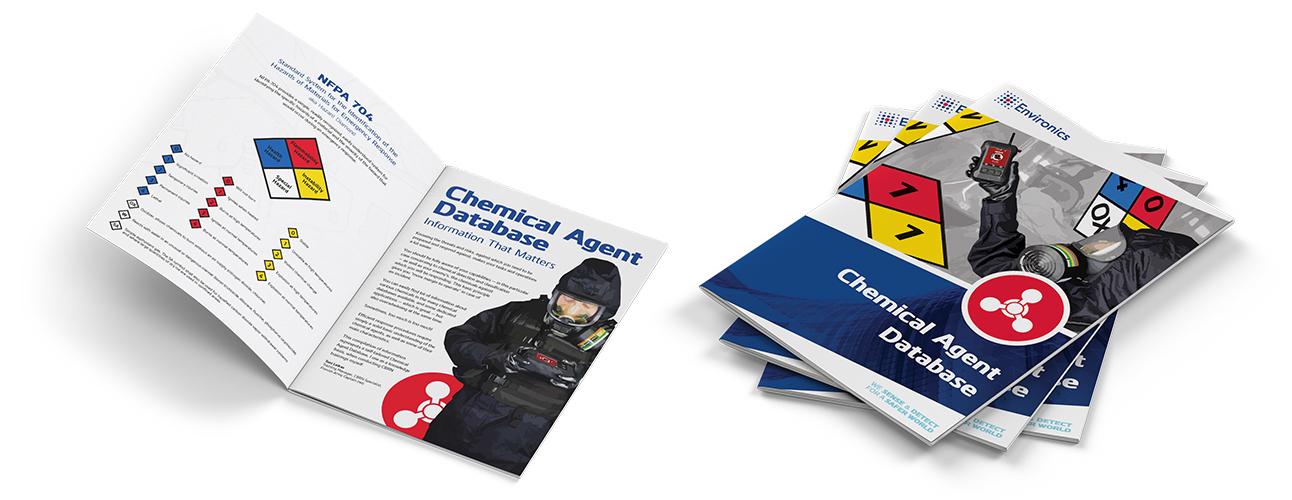From Warts Removal to Frontline Chemotherapy

Historical Background
Nitrogen mustards were first synthesised in the 1930s as potential chemical warfare weapons, to have greater systemic toxicity than sulphur mustard. American and German defence organisations started military production in 1941 and 1943. England abandoned the development of Nitrogen Mustard, due to a fatal accident that occurred during its production.
Nitrogen Mustard was never used in warfare.
The first Nitrogen Mustard (HN-1) was originally designed for warts removal, but it was later identified as a potential chemical warfare agent. HN-2 was originally designed for military use, but during World War II, work with this agent led to the effective testing on lymphoma victims. The modern era of chemotherapy first appeared when an American paediatric pathologist — Sidney Farber — discovered the effect of folic acid on lymphoblastic leukaemia during 1950s. Other treatment agents have now replaced it.
The last designed Nitrogen Mustard — HN-3 — was created solely as a military agent.
Commercial Uses or Precursor Chemicals
Nitrogen Mustards have no use for peaceful purposes in commercial or industrial trades. Nitrogen Mustard precursor chemicals can be used in pesticides, catalyst, engineering plastics, manufacturing ethylene oxide, cosmetics, rubber accelerator, waxes and polishes, and lubricants.
Because the alkylation mustard disturbs the divisional processes in the cells, N-mustard such as chlorambucil or cyclophosphamide are also used in cancer therapy.
Symptomatology
Nitrogen Mustard (N-Mustard) is classified as blister in military classification, according to its effect on humans. It is normally called “mustard gas” but it’s actually a colourless to yellow, to dark oily liquid. The odour varies between Nitrogen Mustard formula, NH-1 has faint, fishy or soapy odour, HN-2 has fishy or soupy odour and HN-3 has geranium odour, or it’s odourless when pure. Also, it can be a colourless vapour. Nitrogen Mustard is a blister agent, that is heavier than air. It has low volatility being NVOC (non volatile organic compound) and it stays long time on surfaces from half a day, up to 8 weeks, according to environmental conditions. Therefore, Nitrogen Mustard is persistent CWA.
The effects caused by Nitrogen Mustard are not typically fatal, immediately. Symptoms are delayed from 1 to 48 hours after exposure, and their severity depends on the dosage.
Exposure symptoms are runny nose, pinpoint pupils, eye irritation and burning sensation, cough, sore throat, burning sensation, shortness of breath, pain and skin redness, vesicants / blisters, pain in the eyes and also loss of vision, nausea, vomiting and hoarseness. Exposure can also cause anaemia. Large exposures may be fatal.
The healing tendency is generally better than with Sulphur Mustard.
Response
Leave the area and evacuate the exposed people into fresh air, remembering that Nitrogen Mustard is heavier than air, so it settles in low-lying areas and stays a long time.
For first responders, the protection level in an unknown situation, is the highest level.
In a small spill or leak (less than 200 litres) the initial isolation distance in all directions is 30 meters and the protection distance during day or night is 100 metres.
In a large spill/leak (more than 200 litres) the isolation area is 60 meters for all directions and protection distance during day or night is 300 metres.
The following indicators are common to chemical attacks or presence of CWAs: dead animals, lack of insect life, mass casualties, defined pattern of casualties, casualty patterns differentiated by indoor and outdoor location, unusual liquid droplets, areas that look different in appearance, unexpected odours, low lying clouds and unusual metal debris.
All indications — smells, people’s symptoms — are clues to be taken into account with detection equipment, providing data to classify and identify the chemical, and to start response actions and first aid measures.
When dissolved in water, Nitrogen Mustard is a strong base, reacting violently with strong oxidants and acids.
Did you know that in Bari, Italy, on December 2nd 1943, a raid from the German Air Forces (Luftwaffe) against a US Navy vessel, with a loaded mustard ammunition, actually marked the starting point of the research on the use of blister agents against cancer?
Would you like to know more?

Get your own issue of the “Chemical Agent Database – Information
That Matters” and gain access to extra content!

Leave a Reply